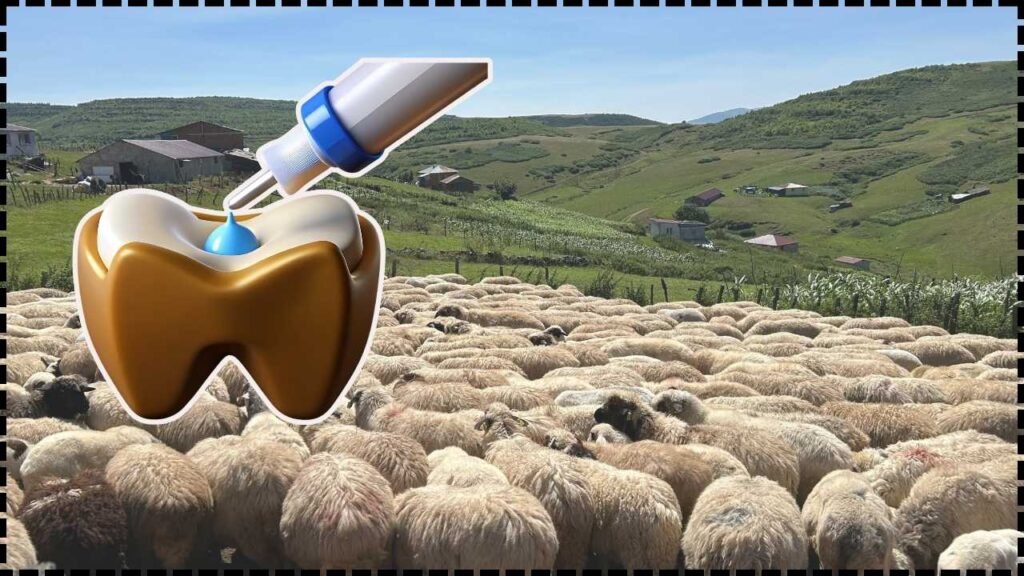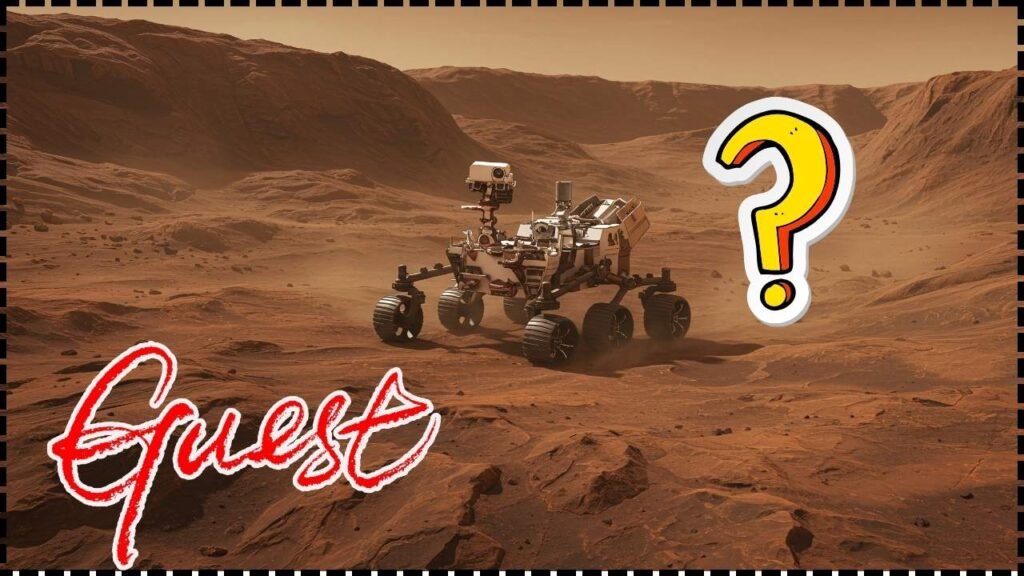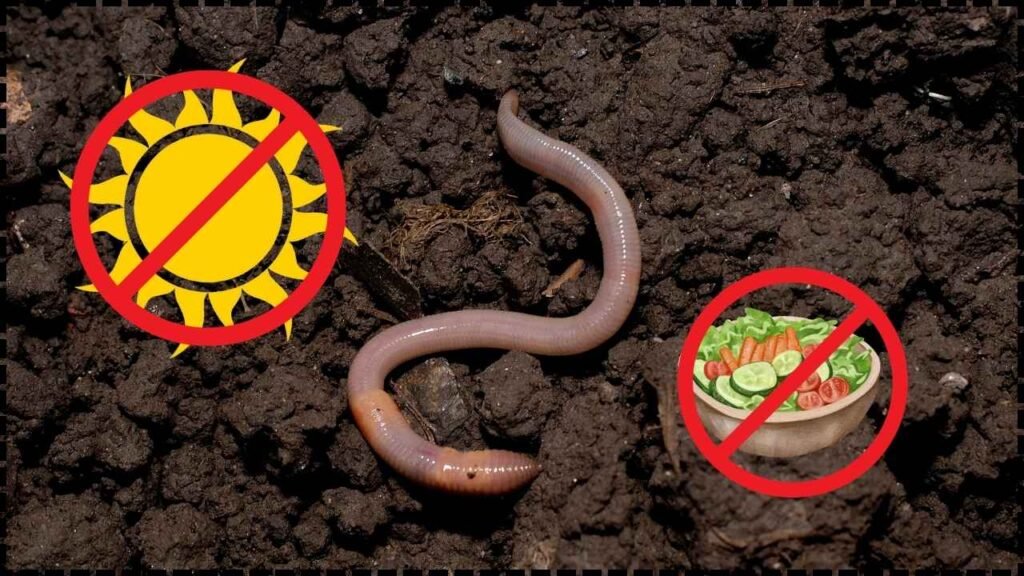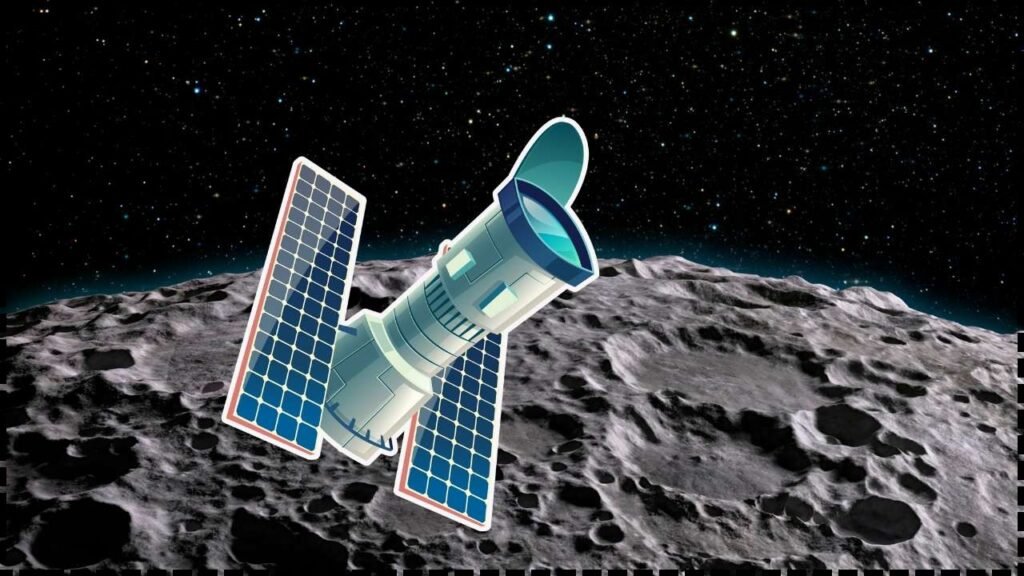A Comet May Have Triggered Global Climate Chaos: When we talk about Earth’s wild history, few stories grab attention like the one about a comet slamming into Earth 12,800 years ago. According to the Younger Dryas Impact Hypothesis, this event may have sparked global climate chaos, wiped out massive animals like mammoths, and even helped erase the once-thriving Clovis people in North America. Sounds like a Hollywood movie, right? Except, this might not just be myth—it’s a scientific mystery still being unraveled today. And whether you’re a student, a curious professional, or a parent helping a 10-year-old with homework, understanding this story sheds light on how fragile—and resilient—life on Earth truly is.
A Comet May Have Triggered Global Climate Chaos
The story of a comet 12,800 years ago is part science, part detective work, and part living memory. Whether it was a cosmic fireball or melting ice sheets, the Younger Dryas shows us how quickly Earth can flip the script. The Clovis people’s legacy reminds us of resilience, adaptation, and the importance of listening to both science and story.
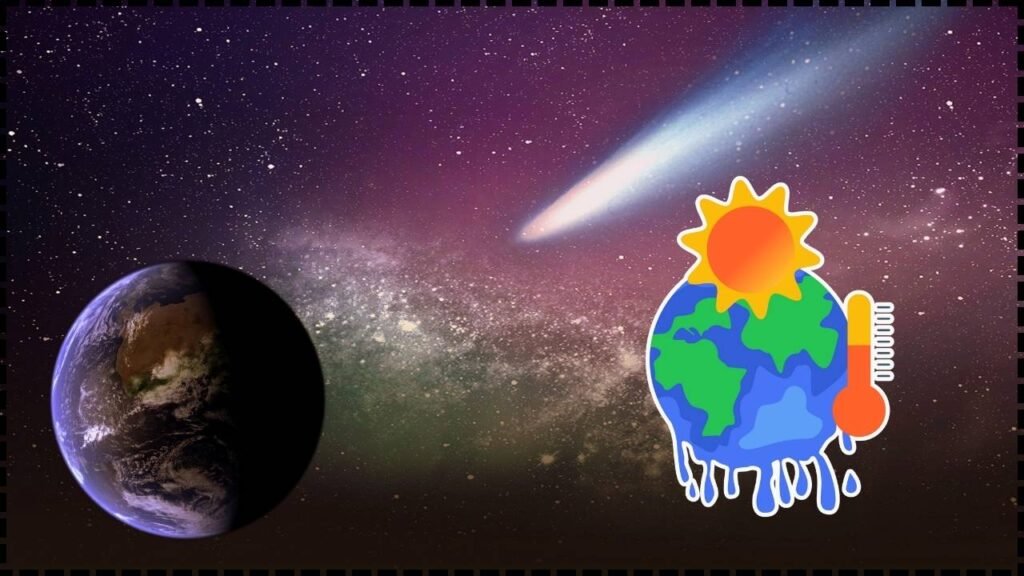
| Topic | Key Insights |
|---|---|
| Event | Possible comet impact or airburst ~12,800 years ago |
| Impact | Triggered Younger Dryas cooling (abrupt global climate shift) |
| Cultures Affected | Collapse of Clovis culture in North America |
| Megafauna | Extinction of mammoths, saber-toothed cats, giant sloths |
| Evidence | Platinum spikes, nanodiamonds, melt glass, shocked quartz |
| Controversy | No confirmed large crater; alternative theories exist |
| Sources | Smithsonian, NASA, NOAA |
What Was the Younger Dryas?
Around 12,900 years ago, Earth’s climate was warming after the last Ice Age. Then—bam—something caused temperatures to drop suddenly for over 1,000 years. This chilling period is called the Younger Dryas, named after a hardy flower (Dryas octopetala) that thrived in cold weather.
In fact, ice core records from Greenland show a drop of 15°F (8°C) in just a few decades. For humans and animals, that was like winter moving in overnight.
For Indigenous communities of today, stories passed down through oral tradition often mention “fire in the sky,” great floods, and sudden freezes. Many Native American nations share legends that eerily echo what scientists now call the Younger Dryas. These oral histories add a human heartbeat to the scientific data.
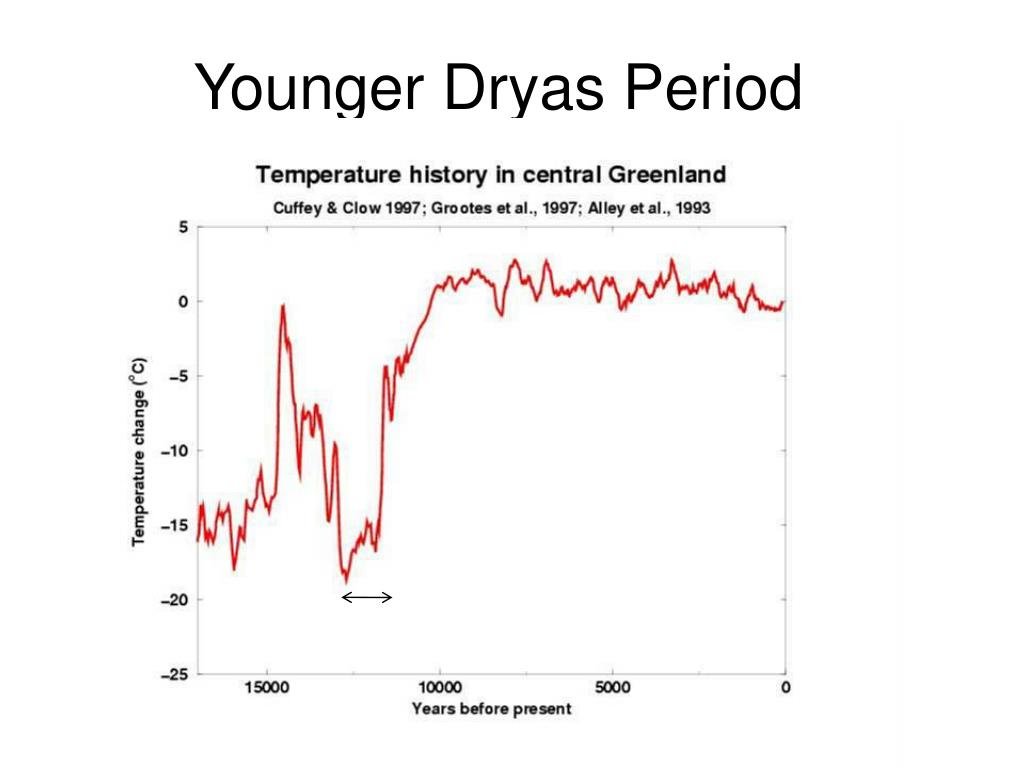
The Clovis People and Their Disappearance
The Clovis culture was one of the earliest widespread Native American groups in North America, thriving between 13,500–12,800 years ago. They’re best known for:
- Distinctive spear points crafted with fluted bases.
- Big-game hunting—mammoths, mastodons, and bison were on the menu.
- Wide migration across North America, from present-day New Mexico to the East Coast.
But around the same time the Younger Dryas began, their archaeological traces fade.
Some scientists suggest climate chaos destroyed food sources, while others argue overhunting or disease contributed. Another possibility: Clovis people didn’t “disappear” but instead adapted, blending into later Indigenous groups. Either way, the comet hypothesis adds a dramatic twist: maybe their world changed overnight.
A Comet May Have Triggered Global Climate Chaos: Breaking It Down
Think of this like a three-part thriller:
- The Impact or Airburst
A giant comet fragment, breaking apart in Earth’s atmosphere, explodes with the energy of thousands of nuclear bombs. Some pieces may have slammed into glaciers in North America, vaporizing ice and soil. - The Fallout
- Wildfires engulf grasslands and forests—evidence shows up as thick charcoal layers.
- Sunlight gets blocked by smoke and dust, cooling the Earth.
- Strange markers like platinum and nanodiamonds appear in soil layers.
- The Consequences
- Ice sheet melt slows, dumping freshwater into oceans and disrupting currents.
- Megafauna die-offs accelerate: nearly 75% of large North American animals go extinct.
- Human societies shift, leaving the Clovis culture as a question mark in history.
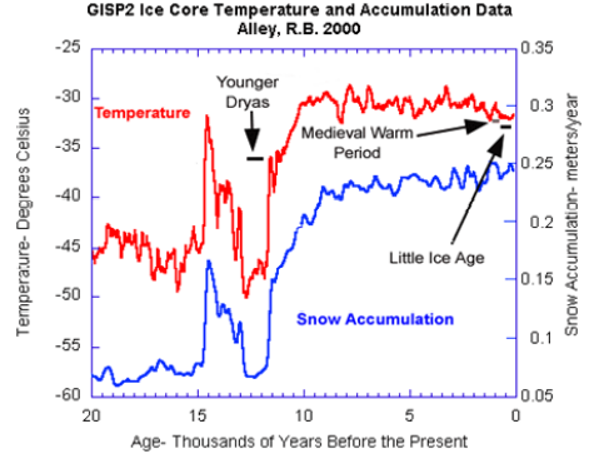
Evidence Supporting the Hypothesis
Researchers have uncovered multiple clues that line up with a cosmic impact:
- Platinum anomalies in Greenland ice cores—rare on Earth, but common in space rocks.
- Melt glass and microspherules, formed under extreme heat (over 2,000°C).
- Charcoal-rich “black mats” found across 50+ sites in North America.
- Shocked quartz, a mineral only formed under high-pressure impacts, recently identified at Clovis dig sites.
- Nanodiamonds, microscopic diamonds thought to form during explosions.
Together, these clues paint a picture of something extraordinary happening around 12,800 years ago.
Indigenous Stories That Align
For many Indigenous peoples, this isn’t just science—it’s memory.
- Southwestern tribes describe skies filled with fire.
- Northern communities recall great floods and sudden freezes.
- Plains traditions tell of animals dying off quickly.
These oral traditions may be cultural echoes of the Younger Dryas, passed down for millennia.
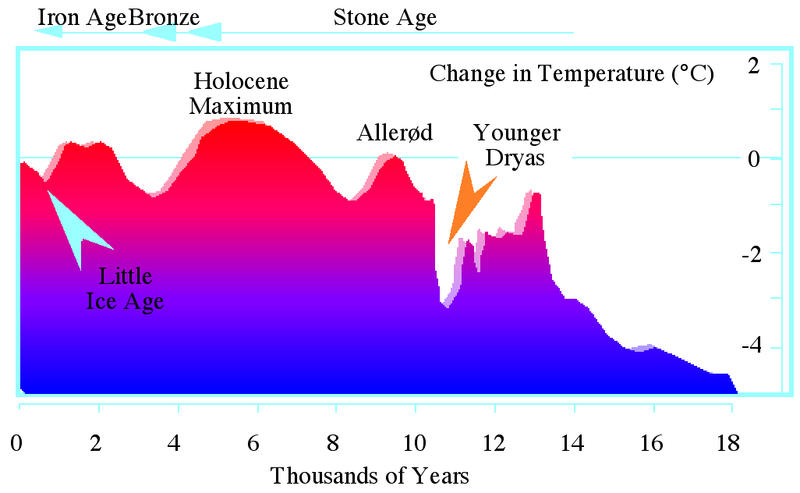
Why Some Scientists Disagree On A Comet May Have Triggered Global Climate Chaos
The comet theory isn’t accepted by everyone. Here’s why:
- No big crater has been confirmed (though airbursts like Tunguska left no crater either).
- Alternative explanations exist, such as meltwater floods disrupting the Atlantic circulation.
- Skepticism about evidence: some labs couldn’t replicate findings of nanodiamonds or microspherules.
- Timing issues: Aligning archaeological layers with climate data is notoriously difficult.
For critics, the comet story is still a “maybe,” not a “must.”
Comparing to Other Cosmic Events
Putting the Younger Dryas in perspective:
- Chicxulub Impact (66 million years ago): Ended the reign of dinosaurs.
- Tunguska Event (1908): A space rock exploded over Siberia, flattening 800 square miles of forest.
- Chelyabinsk Meteor (2013): Injured 1,600 people when it burst in the sky over Russia.
These events show that cosmic impacts are not once-in-a-universe accidents—they’re part of Earth’s history.
Why This Matters Today?
So why should anyone care about something that happened 12,800 years ago?
- Climate Change Lessons: The Younger Dryas proves climate can flip dramatically in a short time.
- Human Resilience: The Clovis culture adapted, reminding us humans are survivors.
- Future Risks: NASA tracks over 31,000 near-Earth objects today. Even small ones could cause regional disasters.
Practical Guide: How to Understand This Story Like a Pro
- Start with the Basics: Explore accessible sources like Smithsonian’s Clovis culture articles.
- Check the Science: Read studies on Younger Dryas evidence in PNAS or NASA’s archives.
- Balance Perspectives: Some experts back the comet idea, others push meltwater floods.
- Think Cross-Disciplinary: Archaeology, geology, astronomy, and Native studies all contribute.
- Apply to Today: Recognize how fragile ecosystems can be under sudden stress.
Professional Takeaways
- For scientists: This case stresses the importance of interdisciplinary research.
- For educators: The comet story is an engaging way to teach both science and Native history.
- For policy leaders: It underscores why space monitoring programs matter for planetary defense.
Neither Stone Nor Bone – World’s Oldest Wooden Structure Found in Zambia Stuns Archaeologists


